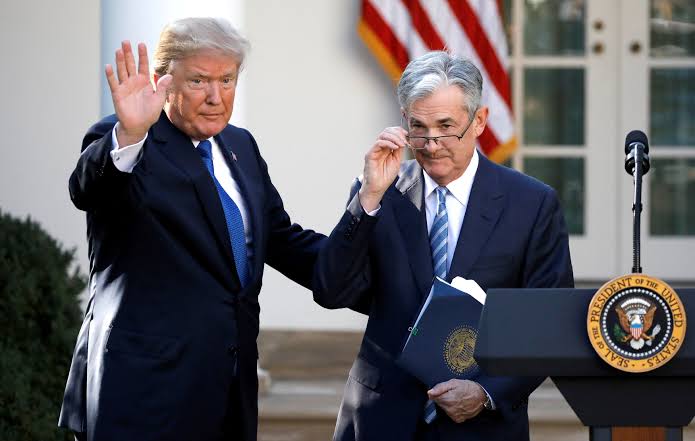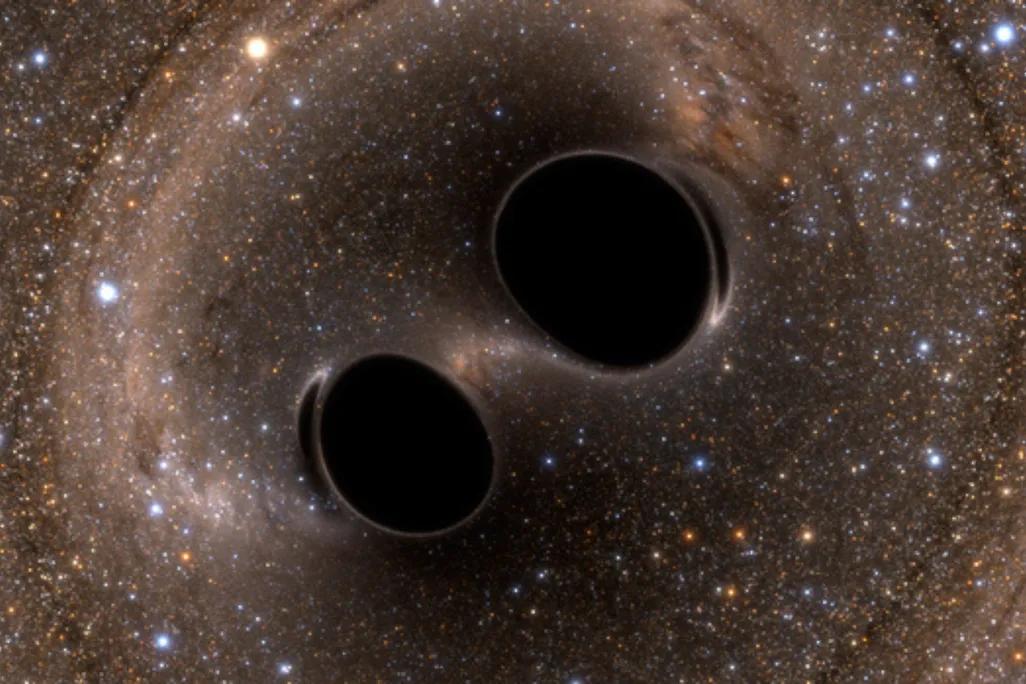 Image Source: Reuters
Image Source: Reuters
Following a 24-hour firestorm of speculation regarding the possible fate of Federal Reserve Chairman Jerome Powell, President Donald Trump has made it crystal clear that he is not at present considering sacking Powell—a decision that caught Washington and financial markets by surprise, as they had been preparing for a historic battle between the White House and the central bank.
Key Highlights
Increase in Firing Speculation:
A number of reports on Tuesday said Trump had "seriously considered" removing Powell, even conducting a straw vote of Republican legislators during a closed-door session about whether they would dismiss the Fed chief. White House staff and a number of legislators said they were expecting firings, citing the president's intense anger at the Fed's resistance to rate cuts and the ballooning cost of a $2.5 billion renovation of Fed headquarters.
Market Volatility:
News of the prospective elimination briefly sent U.S. stock markets and the dollar lower as investors worried about threats to the independence of the Fed.
Legal and Political Tensions:
Trump's contemplation of firing Powell had generated considerable uncertainty about possible legal battles. The Federal Reserve Act authorizes the removal of board members "for cause," and Powell himself had previously stated that the president cannot fire the Fed chair on grounds of policy differences.
Trump's Statement:
By Wednesday, Trump backed off, reassuring aides and the press that he's "not looking to fire Jay (Powell)"–at least temporarily. He thought the expensive revamp "sort of a fireable offense" but indicated he is "highly unlikely" to go through with the firing, emphasizing he has no immediate plan to replace Powell as long as the economy and legal battles rage on.
Powell's Response:
Powell is standing firm, vowing to stay on for the duration of his term until May 2026 and has requested an inspector general investigation of the reconstruction project. What's Next? Markets and policymakers are holding their breath for the next move as the standoff underscores tensions between political control and central bank independence—a high-stakes drama for the American economy.
Source: Economic Times, MarketWatch, Bloomberg
Advertisement
Advertisement



